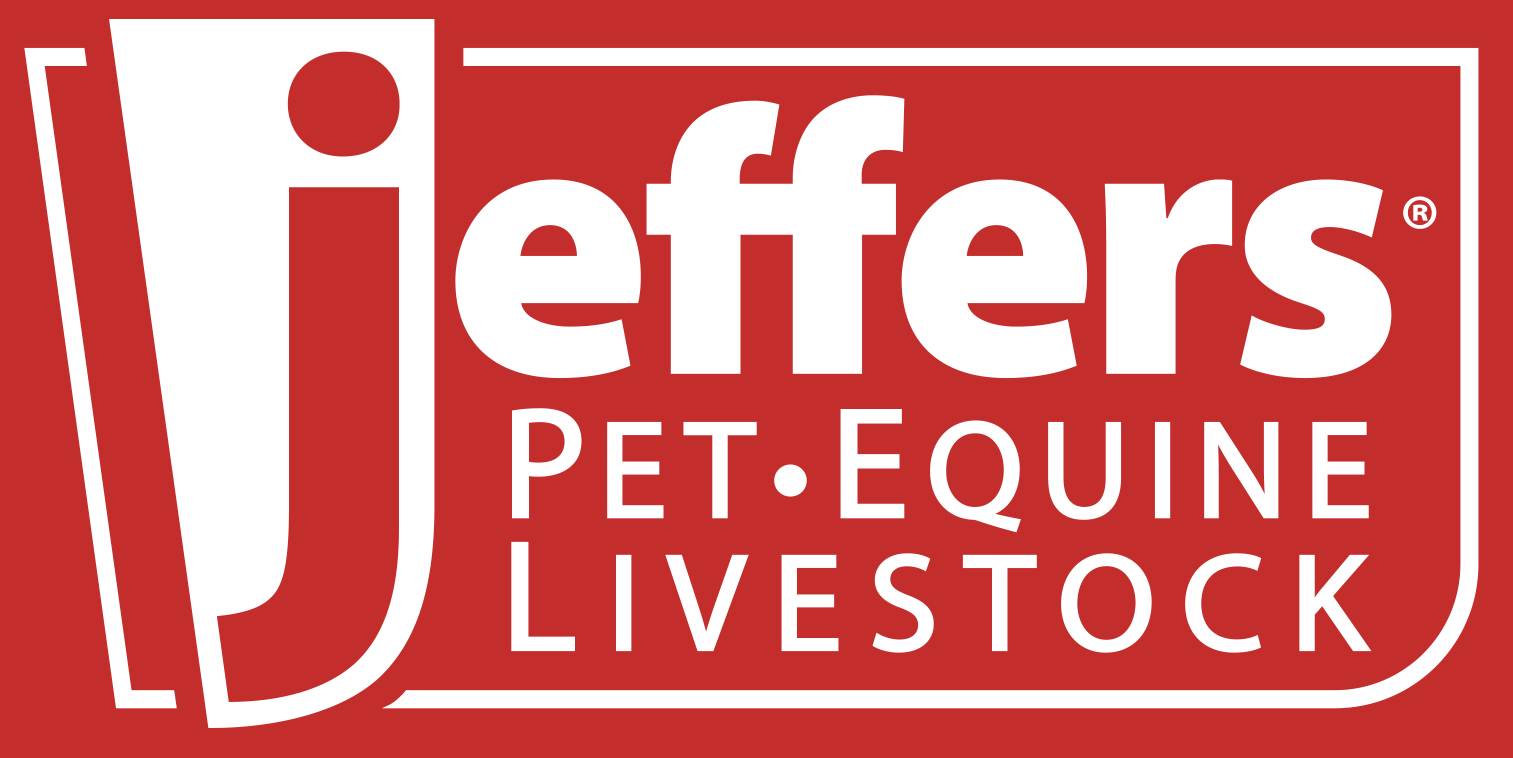3 Things You Wish You Knew About Spring Calving
Posted January 16, 2024 in Livestock Blog by Cody Stapleton

Spring Calving Season: A Guide to Preparation and Care for a Successful Season

As the winter frost begins to thaw and the days grow longer, farmers and ranchers eagerly anticipate the arrival of Spring calving season. This period is not only a time of new beginnings but also a crucial phase in the cattle management cycle. Whether you’re just getting started or a seasoned farmer, this blog is for you! We’ll explore 3 essential tips including an interview with a young, but seasoned cattlewoman, Kyndall D. Bauer from KD Cattle Co in Central Florida, on preparing for spring calving and ensuring the well-being of both calves and their mothers.
- Choosing the Right Calving Season: While there is no universal right answer, many farmers prefer Spring calving for more favorable weather conditions, better forage availability, a better alignment with the natural breeding cycle of cattle, and ease of management. The Mississippi State University Extension offers a comprehensive guide on Calving Season Selection Considerations. This resource delves into various aspects such as management practices, nutritional requirements, and environmental considerations when choosing a calving season. It serves as a valuable reference for farmers aiming to make informed decisions tailored to their specific circumstances.
- Early Preparations for Easy Calving: Calving season can be an exciting time. The first step in a successful Spring calving season is early preparation. Kyndall D. Bauer shares “I’m generally passionate about calving. It’s essentially what I anticipate each year. I personally try to keep a close eye on my herd when I know they’re getting close to calving and check on them frequently in case they need assistance.” Bauer highlights the importance of calf and cow care during this time, acknowledging the unpredictability and challenges that may arise. Start your preparations early by checking that all calving equipment is in good working order and having all necessary calving supplies ready and on-hand. Early preparation sets the stage for a smooth calving process and reduces potential complications.
- Calf Care Practices:
- Kyndall shares her personal experience with calf care, highlighting the importance of preventing navel/umbilical area infections. “I had always heard of calves potentially getting a navel/umbilical area infection, but I had never had a problem with it until about two years ago when I had two calves obtain an umbilical area infection. So now, I’m always sure to spray down each calves navel area when they’re first born. I kept them both – and they are doing great ever since – but still don’t want that to happen if I can prevent it.” Spraying a calf’s navel area with navel spray after birth is a simple, yet effective measure that can significantly reduce the risk of infections, ensuring the health and well-being of the newborns.
- Additionally, Bauer recounts a challenging situation where two cows were calving simultaneously, leading to confusion about the ownership of one calf. “One time I had two cows calving at the same time, but I didn’t see the first calf be born. I couldn’t tell if it was twins or not. The momma cow in labor thought that the baby on the ground was also hers because of her contractions, but it turned out it belonged to another cow who was very calm and not showing sings that she had even calved! We had to help her by pulling her calf, it was a little stressful, but it all turned out fine. ” This story underscores the unpredictability of calving and the need for vigilant monitoring.
Conclusion: As spring approaches, farmers and ranchers gear up for the excitement and challenges of calving season. Early preparation, informed decision-making regarding calving seasons, and diligent calf care practices are essential for a successful and stress-free experience. By incorporating savvy insights from Kyndall D. Bauer and utilizing valuable resources from extension services, farmers can enhance their preparedness and ultimately ensure the well-being of their cattle during this crucial period. Still, some of the best learning is had by learning hands-on. As Kyndall aptly puts it, “I feel like that’s life, you don’t know what you don’t know, and many things in Ag have to be experienced for yourself.” Bauer’s insight serves as a reminder that calving season, much like life, is filled with unpredictable moments. Each calf’s arrival brings a unique set of circumstances, requiring a blend of knowledge, preparedness, and adaptability. Learning from experiences, such as the challenges Bauer faced with umbilical area infections, emphasizes the importance of proactive measures to safeguard the health of the newborns. Moreover, Bauer’s commitment to building relationships with vets and industry professionals, coupled with her eagerness to expand knowledge through field days and seminars, highlights a valuable approach to successful cattle ownership. As she wisely recommends, “That’s definitely something I recommend to anyone that owns cattle or wants to get into it.” This recommendation underscores the significance of continuous learning, networking, and staying up-to-date on industry advancements to navigate calving season and cattle management effectively. Learn More Be sure to check out Kyndall on Instagram where she shares photos of her farm, animals, and what she’s up to. For additional reading, check out Jeffers’ blog “Calving Season Vaccines” to help guide you on what is needed after the calves are born.
